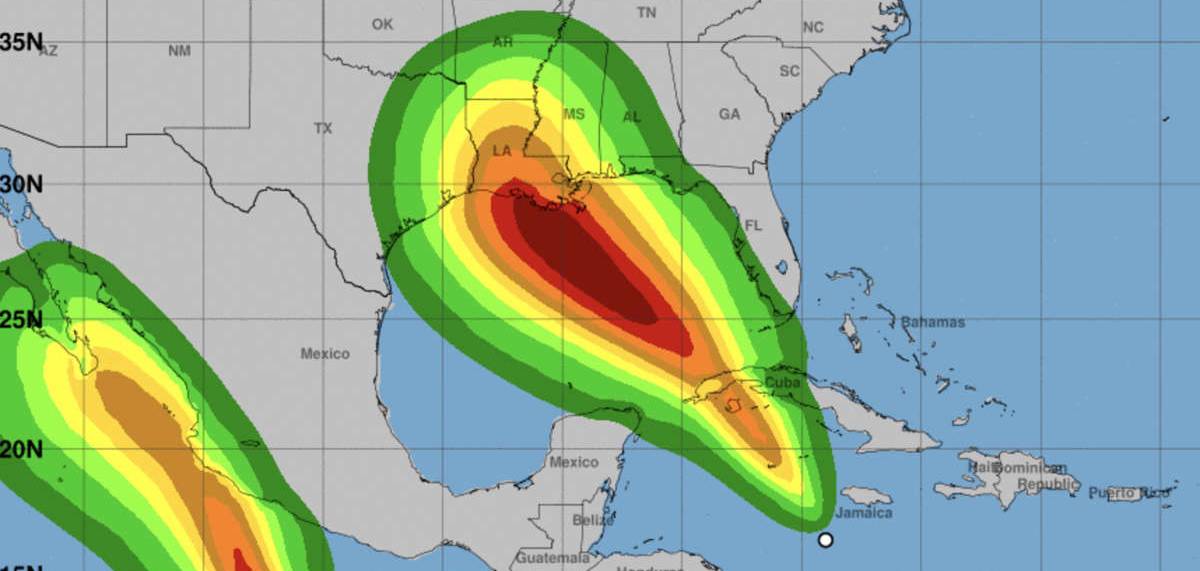
Record-breaking showers from Hurricane Ida overwhelmed northeastern cities on September 1, 2021, hitting some with as much as 8cm of rain per hour.
Water spilled into New York subway stations and streets flooded to the roofs of cars in Philadelphia. The storm had already wreaked havoc on the Gulf Coast after hitting Louisiana three days earlier as a Category 4 hurricane. Ida had weakened well below the hurricane's strength by the time it reached the northeast, so how could it still generate so much rain?
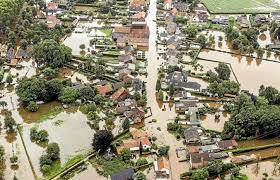
Floods in Europe - 2021 - Photo Le Telegramme
Two major factors have probably contributed to the extension of extreme precipitation. First, Ida's tropical humidity interacted with the development of warm and cold fronts. Second, evidence is mounting that as the climate warms, the amount of precipitation from heavy rainstorms increases, especially in the central and eastern United States. From tropical to extratropical
As hurricanes move north from the tropics, they often change from their characteristic circular shape to "extratropical cyclones" with warm and cold fronts extending outward from the low. pressure in the center. Even though they no longer have the intense winds they used to have in the tropics, they still bring tropical humidity. This moist air is lifted up along the fronts, and very heavy and long-lasting rains can result. This was happening as Ida's remains moved northeast. Weather forecasters saw the disaster coming. Forecasters highlighted the threat of flash flooding long before they arrived, and the National Oceanic and Atmospheric Administration's Weather Prediction Center released a rare "high risk" outlook for excessive precipitation for parts of the northeast one day. in advance.
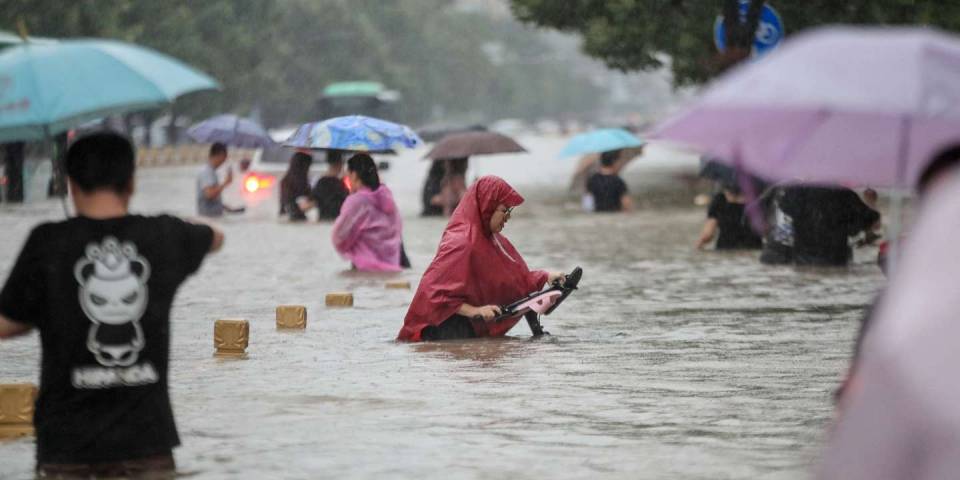
Floods in China 2021
Heavy and widespread rains submerged rivers and drainage systems in the heavily populated corridor from Philadelphia to New York through Boston. This resulted in extensive flash flooding and more than 45 deaths in the region. Newark, New Jersey, recorded 22cm of rain, a single-day record, knocking the old one down over 3.5cm. New York weather stations saw rainfall rates of over 8cm per hour. The extreme precipitation has arrived with tornadoes in several states, including Maryland and New Jersey.
Warmer climate and more rainfall
Extreme rains and flash floods are not new to the northeast, and they are often the result of hurricanes or their remnants. Remnants of hurricanes Agnes (1972), Floyd (1999), Irene (2011), Lee (2011), and Sandy (2012), among others, all brought widespread rainfall and flooding to the region. However, heavy showers are becoming more frequent in the region as the climate warms. The reasons are quite simple: warmer air can have more water vapor. With every 1 degree Celsius (1.8 F) increase in temperature, there can be about 7% more humidity in the air. This is officially known as the Clausius-Clapeyron relationship. Because the amount of rain a storm produces is closely related to the amount of water vapor in the air, it means that, other things being equal, heavy showers are more likely in a warmer climate.
This explains why heavy rains occur year round in the tropics, when they are much more likely in summer than in winter in the United States. This is also why the intensity of precipitation is expected to increase as the climate warms. When the weather conditions that bring together the ingredients of heavy rain, like hurricanes, occur in a warmer world, more humidity is available and more rain falls. Unfortunately, this is not a linear process: a little extra humidity can lead to a lot more rain.
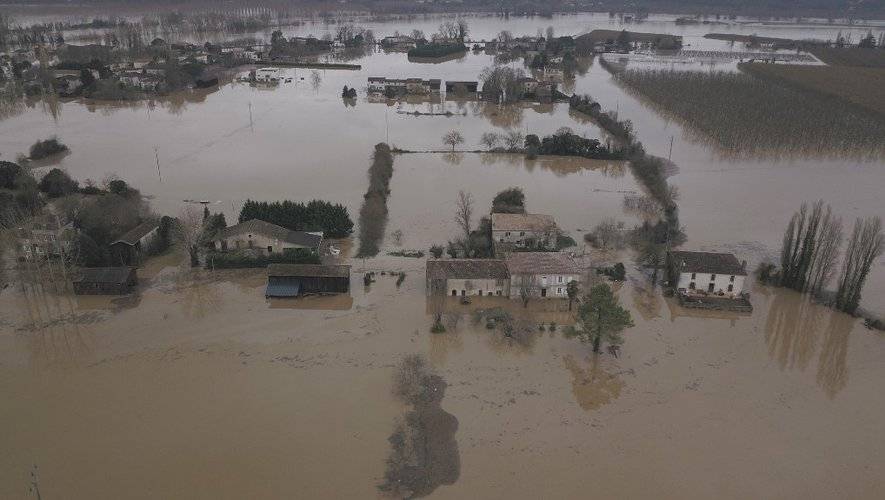
The latest national climate assessment, in 2018, described an increasing trend in precipitation in the Northeast and also warned that the region's aging infrastructure is not ready to handle water. Hurricanes are limited to certain areas, but extreme precipitation from other types of storms can occur just about anywhere - just think of the intense cloud gusts during the summer monsoon in the southwest. desert, or organized thunderstorm systems like the one that caused deadly flooding in Tennessee in August 2021. Many communities are already highly vulnerable to the type of extreme precipitation that has been seen historically. Flooding has always been a danger, and heavy rains can strain infrastructure even in places where it often occurs. But as the climate changes, these risks will only increase.
Posted on 2021-09-04 10:25

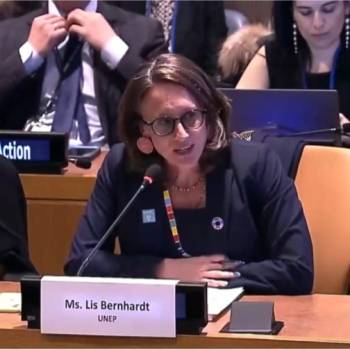






Comments